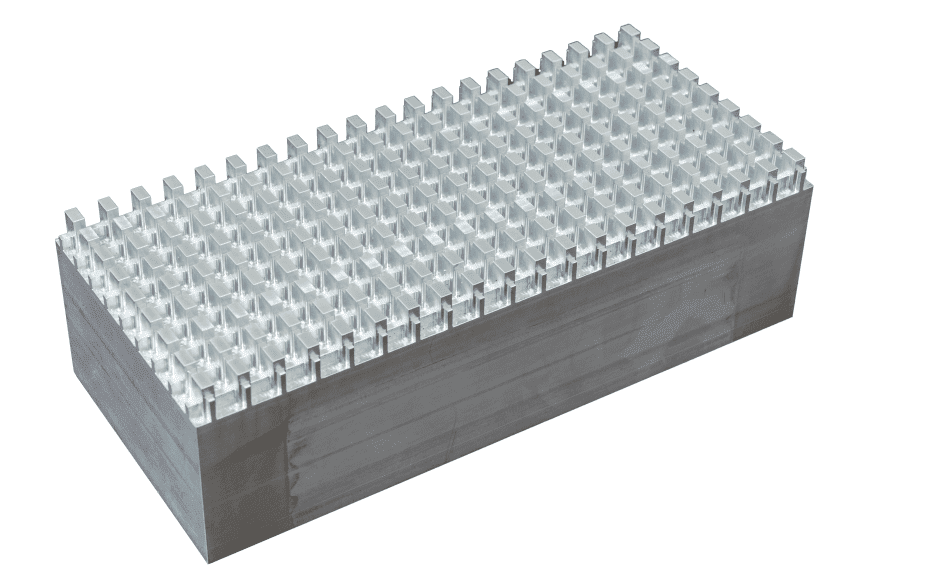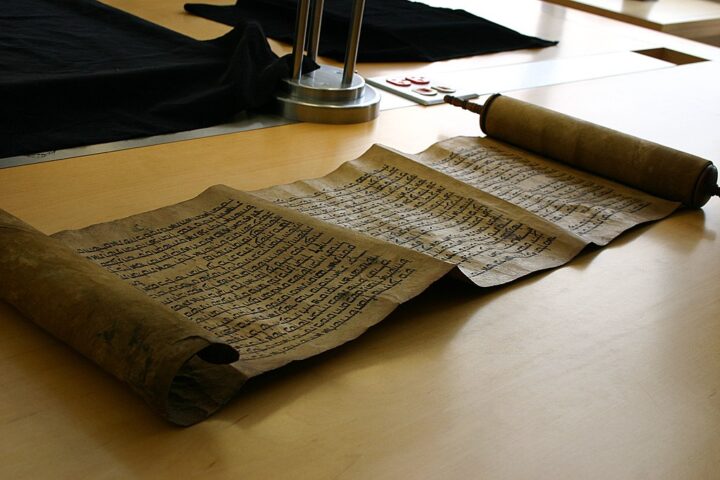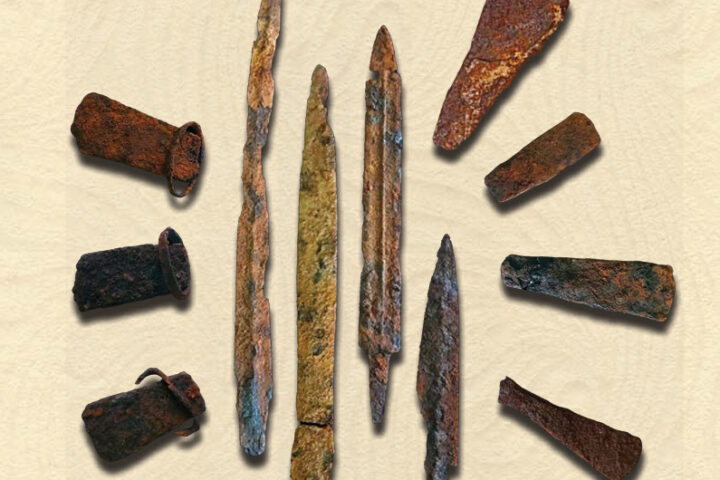Nestled in the heart of Salamanca, Spain, the grandeur of Salamanca Cathedral stands as a beacon of 16th-century architectural prowess. This iconic structure seamlessly merges two churches, with one tracing its roots back to the 12th and 13th centuries, and its counterpart rising in the 16th century. For ages, it has held its ground as one of Salamanca’s most treasured landmarks, showcasing the unique Spanish Gothic architectural flair. However, it’s not just its age or design that has the world buzzing.
Among the cathedral’s intricate carvings, a peculiar figure has recently caught the eye of many, especially the time-traveling community. Believe it or not, this figure, carved in the 16th century, bears an uncanny resemblance to an astronaut. Clad in what seems like a stone space suit, this mysterious figure is complete with space boots and a protective helmet. The digital age has amplified the intrigue, with social media platforms teeming with speculations and theories about this stone-carved spaceman. Many enthusiasts have hailed it as the “undeniable evidence of time travel.” A tweet that caught significant attention read, “Astronaut at Salamanca Cathedral: This statue is affirmed as absolute proof of time travel.”
But before we jump on the time-travel bandwagon, there’s a more grounded explanation to this celestial carving. Contrary to popular belief, this astronaut is a modern addition, carved during the cathedral’s restoration in 1992. Jeronimo Garcia, a local artist of that era, aimed to blend the old with the new, choosing an astronaut as his contemporary muse. Garcia’s creativity didn’t stop there; he added other whimsical figures like a dragon savoring an ice cream cone, a crayfish, a rabbit, and even a lynx.
Similar Post
But the cathedral isn’t the only artwork sparking time-travel debates. A recent discovery highlighted an iPhone-like object in Umberto Romano’s 1937 painting, “Mr. Pynchon And The Settling Of Springfield.” This painting, created almost seven decades before the iPhone’s inception, showcases a man holding a suspiciously modern device. The art world is abuzz, with some jesting about the man possibly scrolling through his social media. Art experts, however, offer more plausible explanations, suggesting it might be a mirror or a knife from that era. Unfortunately, with Romano’s passing in 1982, the true nature of this object remains shrouded in mystery.
These art anomalies, whether in Salamanca Cathedral or Romano’s painting, fuel our imagination and challenge our understanding of time. While technology continues its rapid ascent, these discoveries serve as reminders of the extraordinary lurking in unexpected corners. The Salamanca astronaut might have a straightforward explanation, but the allure of the unknown keeps our curiosity piqued. As we unravel these mysteries, we’re reminded of the thin line between reality and imagination. So, while we might not have concrete proof of time travel yet, these art oddities ensure the debate remains alive and thrilling. In this digital age, where every discovery is magnified, the Salamanca astronaut and Romano’s iPhone continue to baffle and inspire. As we delve deeper into these enigmas, one thing is clear: the past, present, and future are intricately intertwined, constantly challenging our perceptions.


















